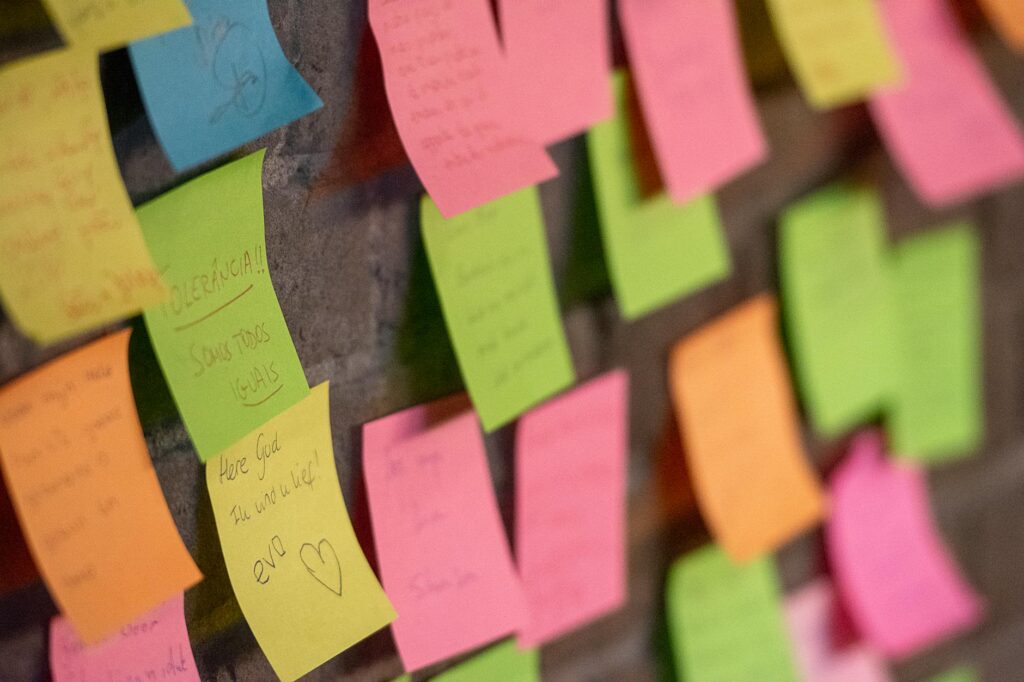What is visual productivity aids?

What is visual productivity aids?
Visual productivity aids are tools that enhance focus and efficiency by translating complex information into clear, easily digestible visuals. In an age where our attention is constantly divided, these aids serve as a bridge between chaos and clarity. They help individuals and teams streamline their tasks, making it easier to grasp concepts, organize thoughts, and manage time effectively.
Understanding Visual Productivity Aids
What Are Visual Productivity Aids?
At their core, visual productivity aids are any graphical representations or visual elements designed to assist in understanding, retention, and decision-making. Think of them as a roadmap for your brain, guiding you through information without overwhelming you. Examples include infographics, flowcharts, mind maps, sticky notes, and color-coded systems. These visual tools can drastically improve how we process and recall information.
Purpose and Benefits
The primary purpose of visual productivity aids is to foster productivity by making information more accessible. When you visualize tasks, you’re not just reading; you’re engaging multiple senses. This engagement enhances focus and retention, leading to improved task completion rates. Moreover, these aids can alleviate cognitive overload, allowing you to prioritize tasks and manage time better. For instance, using a color-coded calendar can immediately highlight urgent tasks over less critical ones.
Types of Visual Productivity Aids
Infographics and Visual Maps
Infographics are powerful tools for presenting data in a visually appealing way. They can simplify complex statistics or concepts, making them easier to understand at a glance. Visual mapping techniques, such as mind maps, allow you to visually organize your thoughts and see connections between ideas. This method promotes brainstorming and creative thinking, leading to more innovative solutions.

Photo by Jan van der Wolf
Color Coding Systems
Color coding is another effective strategy to enhance productivity. By assigning different colors to specific tasks or categories, you can quickly identify priorities and deadlines. This method not only keeps your workspace organized but also makes it easier to focus on what needs to get done. Imagine looking at a calendar filled with vibrant colors that immediately indicate what is urgent and what can wait — it’s a visual cue that streamlines your workflow.
Visual Timers and Schedulers
Visual timers and scheduling tools can radically transform how you manage your time. These aids provide a visual representation of time, making it easier to stay on task. For example, a visual timer that changes color as time progresses can motivate you to complete tasks within set periods. Scheduling tools that use timelines or Gantt charts can help you visualize project timelines, ensuring that you stay on track and meet deadlines.
Implementing Visual Productivity Aids
Choosing the Right Tools
Selecting the appropriate visual productivity aids is crucial. There are numerous tools available, from digital applications like Trello or Asana for task management to physical items like whiteboards and sticky notes. Each tool has its strengths, and it’s important to choose one that aligns with your personal workflow or team dynamics. Check out resources like MakeUseOf for recommendations on the best visual aids tools.
Integrating into Daily Tasks
Incorporating visual productivity aids into your daily routine can seem daunting, but it doesn’t have to be. Start small—choose one or two methods like mind mapping or color coding and gradually include more as you get comfortable. Set aside time weekly to review your visual aids, adjusting them as necessary to reflect changing priorities or projects. This practice not only keeps your tasks organized but also allows for a clear visual representation of your progress.
Measuring the Effectiveness of Visual Productivity Aids
Tracking Progress and Results
To determine the effectiveness of visual productivity aids, it’s essential to track your progress. You can establish a baseline by noting how long it takes to complete tasks before implementing these aids. After a few weeks, compare these metrics to see if there’s an improvement in efficiency or task completion rates. Utilizing tools like Microsoft’s Life Hacks can offer insights into measuring results effectively.
Feedback and Adjustment
Feedback is invaluable when it comes to optimizing your use of visual aids. Regularly seek input from colleagues, or if you’re studying alone, reflect on your experiences. Are certain aids more helpful than others? Gathering feedback allows for adjustments to your approach, ensuring that your visual productivity aids continually serve you well.
Conclusion
In conclusion, visual productivity aids can significantly enhance your efficiency and focus in daily tasks. They simplify complex information and help prioritize efforts, making it easier to achieve your goals. By embracing these tools, you’re not just organizing your tasks; you’re also creating a visual language that speaks to your brain, enhancing your productivity. So why not start incorporating visual productivity aids into your routine today? You might just find that they transform the way you work.